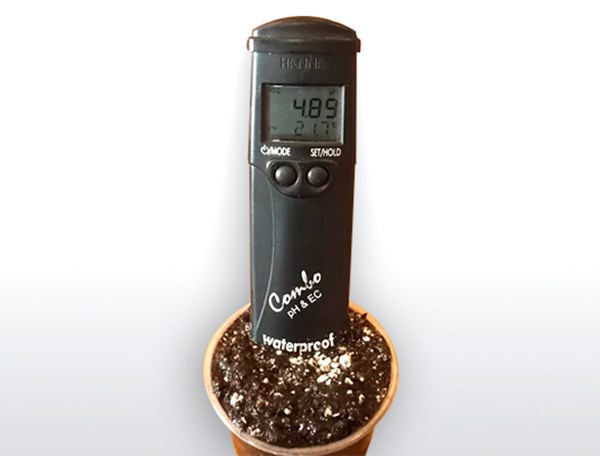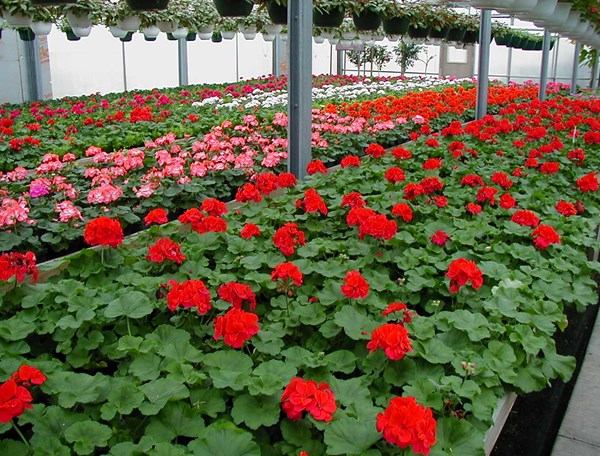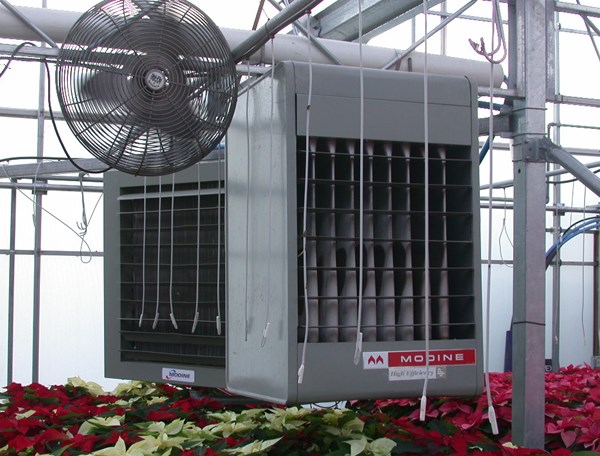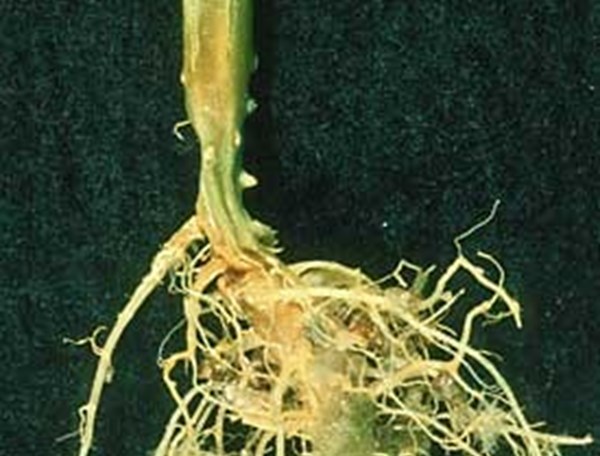Training Center
Nitrogen’s Influence on Growing Medium pH
Thursday, September 7, 2023 | Ed Bloodnick
The pH of a growing medium is influenced by several different factors, two of which have been addressed in previous articles: the alkalinity of the irrigation water, as well as the amount and form of limestone incorporated into the growing medium. This article will focus on the third major factor: nitrogen.
In standard greenhouse fertilizers, nitrogen is supplied as ammonium (NH4+), nitrate (NO3-) or urea. Each of these three nitrogen sources, when taken up by plant roots, produce different chemical reactions with differing effects on the growing medium pH. This article will briefly describe those effects on growing medium pH.
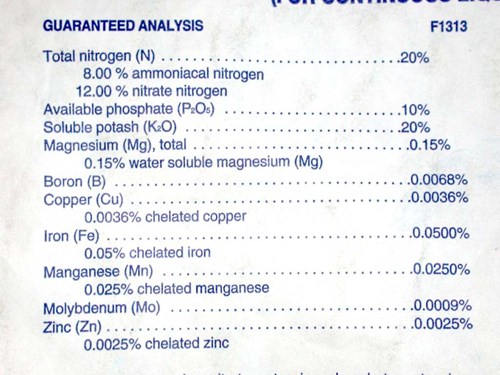
This is a typical analysis of the elements found in a fertilizer. Notice the top three lines indicate the total and nitrogen and the breakdown of ammoniacal and nitrate nitrogen. Source: Premier Tech Horticulture
Ammoniacal Nitrogen (Ammonium)
When ammoniacal nitrogen (NH4+) is taken up by the plant, it is converted to ammonia (NH3) within the root. This process results in the release of a positively charged H+ cation from the plant root. The H+ cation then reacts with the growing medium causing a reduction in its pH. The higher the concentration of ammoniacal nitrogen in the fertilizer, the greater the impact it has on lowering the growing medium pH.
Ammoniacal nitrogen can also become available to the plant through a process called nitrification. In this process, microbes in the growing medium breakdown ammoniacal nitrogen, thus releasing the H+ and resulting in a reduced growing medium pH. This process occurs most efficiently when the growing medium temperature is above 50°F (10°C) and the microbes are most active. Since nitrification needs warmth for the microbes to actively break down the ammoniacal nitrogen, it is generally not recommended as the primary nitrogen source during cool winter months. It should also be pointed out that plants grown with high levels of ammoniacal nitrogen, especially when growing medium temperatures are cold, can show ammonia toxicity, causing chlorosis and necrotic spotting of older leaves.

Mum on left has ammonium toxicity symptoms, while the one on the right is normal. Notice the chlorosis and brown flecking near leaf margins. Source: Premier Tech
Nitrate Nitrogen
Nitrate nitrogen works differently by causing the release a negatively charged OH- or HCO3- anion when it is taken up by the plant root. These negatively charged anions are bases and when they react with the growing medium, they cause the growing medium pH to increase. If the fertilizer used has a high concentration of nitrate nitrogen, then it will have a greater influence on increasing the pH of the growing medium.
Urea
Urea nitrogen ((NH2)2CO), the third nitrogen source, is often broken down by microbes in the growing medium to form NH4+ (ammonium) and CO2- (carbon dioxide). As stated above, when a plant roots takes up ammoniacal nitrogen, it emits H+ into the growing medium, thereby reducing the pH of the growing medium. However there is significant evidence that shows plants roots take up some urea, which has no electrical charge. Therefore, urea is considered neutral and therefore does not have an impact on growing media pH.
Plants often can only take up nitrogen in the form of ammonium or nitrate. Organic fertilizers must be broken down to one of these two forms by microbial activity in the growing medium before being taken up by the plant root. Therefore the effect of organic fertilizers on growing medium pH will depend on how the organic component of the fertilizer is broken down.However, most organic fertilizers break down to the ammoniacal form of nitrogen and therefore will cause a drop in growing medium pH.
Other than nitrification, the impact of nitrogen form on growing medium pH only occurs when the plants take up the nitrogen. If plants are very small or not growing, the plant uses little fertilizer and therefore the growing medium pH will not be affected by the addition of fertilizer.
Understanding the function of nitrogen form on growing medium pH is an additional tool in a grower’s arsenal for optimizing nutrient availability. Combined with knowledge of the alkalinity of the irrigation water, a grower can choose the fertilizer formulation that will maximize plant growth. As a general rule of thumb, growing medium pH can be controlled through the choice of nitrogen form as long as the alkalinity of the irrigation water does not exceed 235 ppm CaCO3. Once it rises above 235 ppm CaCO3 the amount of acid needed to maintain a desirable growing medium pH can no longer be provided by fertilizer source alone and acid injection is recommended.
In order to maintain optimum growing medium pH and nutrient availability, growers should test the growing medium pH of various crops on a regular basis. By monitoring growing medium pH, slight modifications in fertilizer applications can be made before nutrient problems are manifested in plant growth.
For more information, contact your Premier Tech Grower Services Representative:
 |
 |
 |
 |
|---|---|---|---|
|
Ed Bloodnick |
Nathan Wallace-Springer |
Lance Lawson |
Victor Brantly |
 |
 |
 |
|
|
Troy Buechel |
Susan Parent |
Jose Chen Lopez |
PRO-MIX® is a registered trademark of PREMIER HORTICULTURE Ltd.
Related Articles
-
The primary components of commercial growing media are sphagnum peat moss and composted pine bark, which are naturally acidic with a pH in the 3.5 to 5.0 range.
-
When the issue of nutrient uptake by greenhouse crops is considered, plants can be broken down into three groups.
-
Concerns of Ethylene in Greenhouse Production
Ethylene is a naturally occurring plant hormone that acts as a chemical signal that controls several aspects in plant development and growth. In most plants, it is involved in flower senescence, fruit ripening and seed germination.
-
Avoiding Root Disease in Greenhouse Vegetables
Pathogens are always present in the greenhouse and are a continuous challenge for greenhouse vegetable and herb growers.

 Where to find our products
Where to find our products
